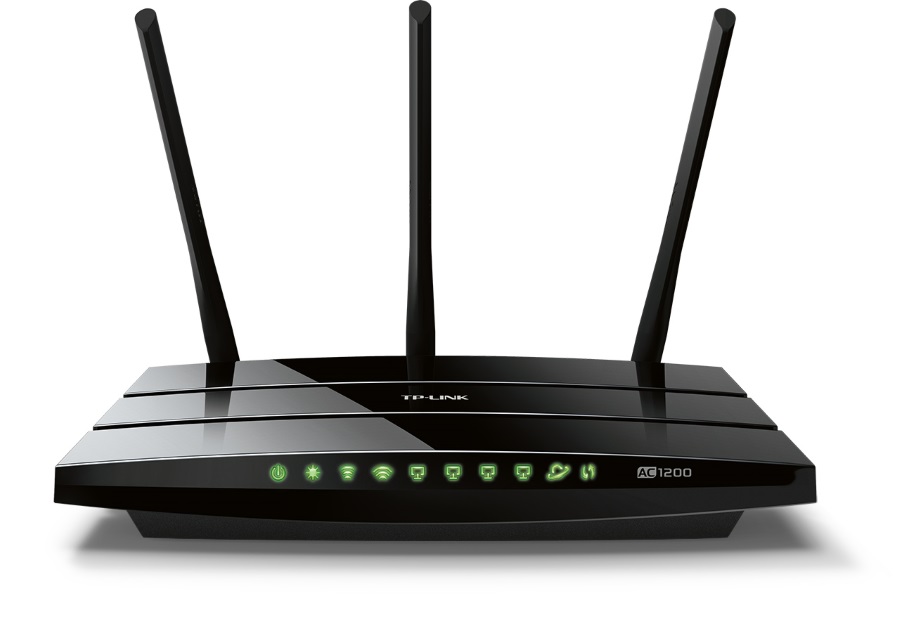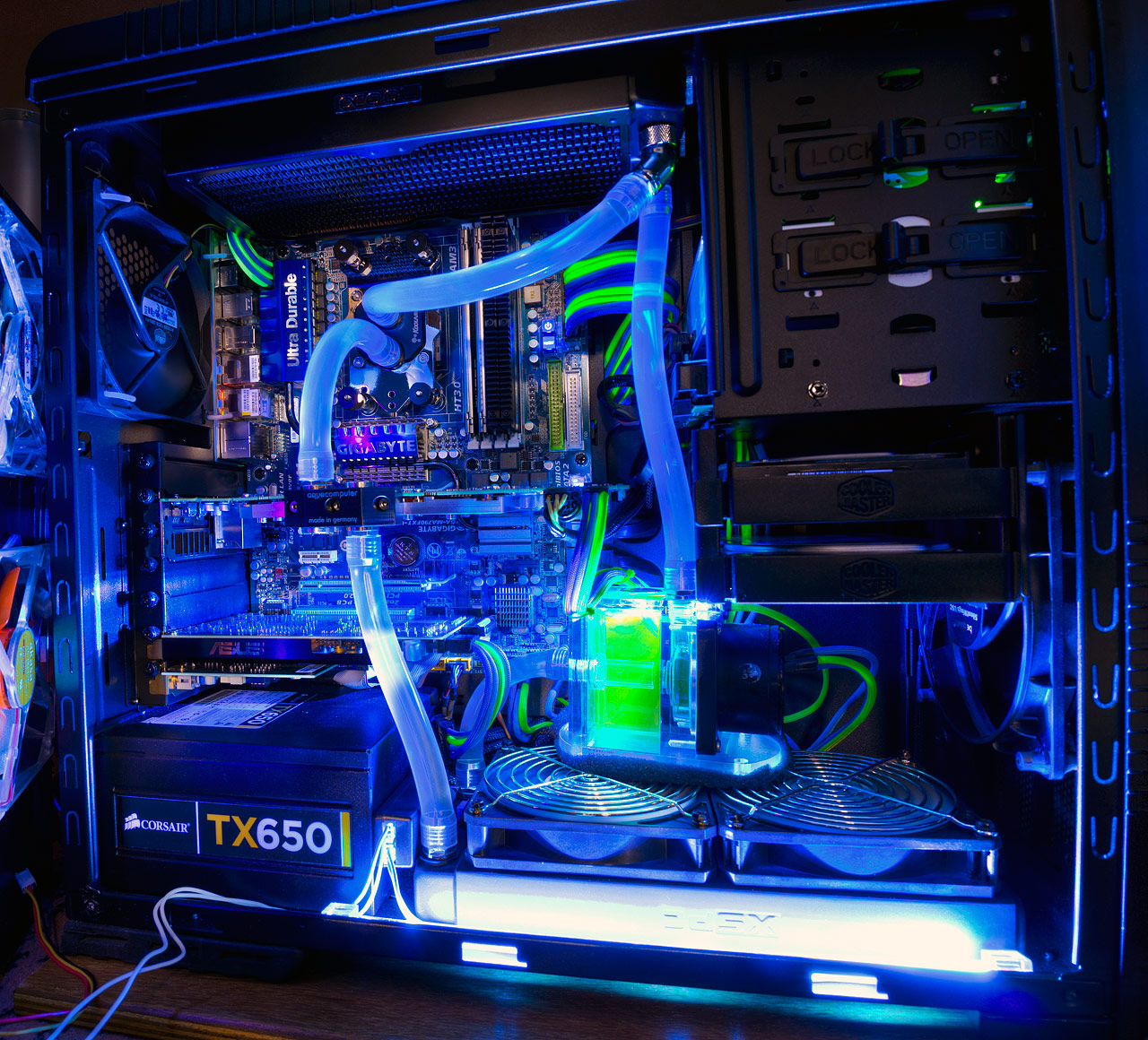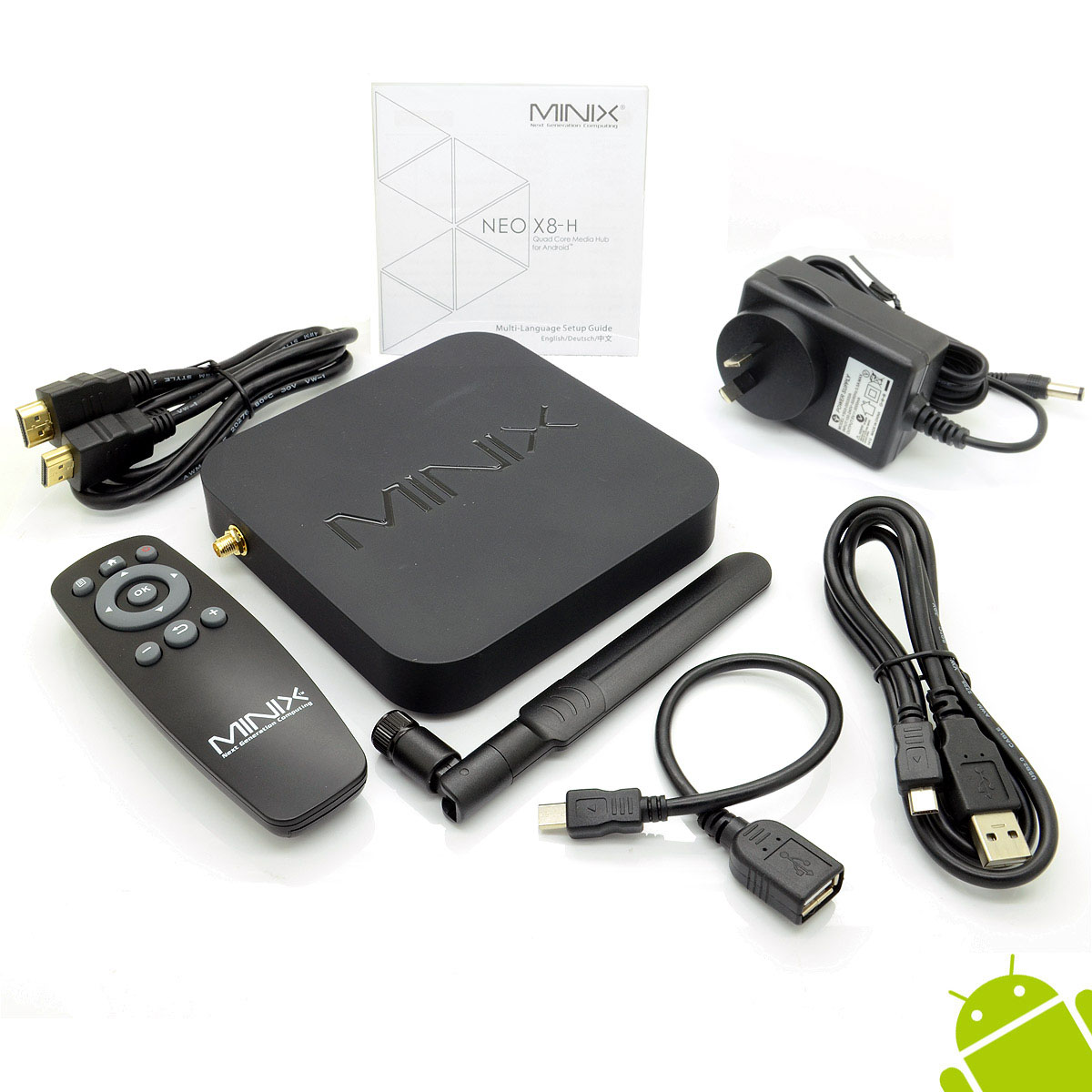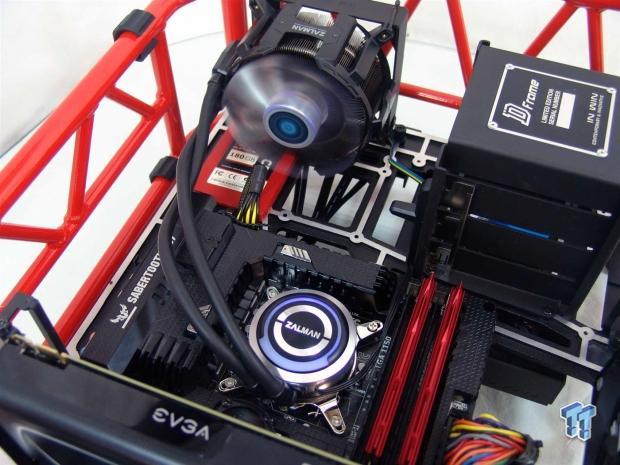Nvidia SHIELD Tablet 16GB - The only tablet a PC gamer should buy?
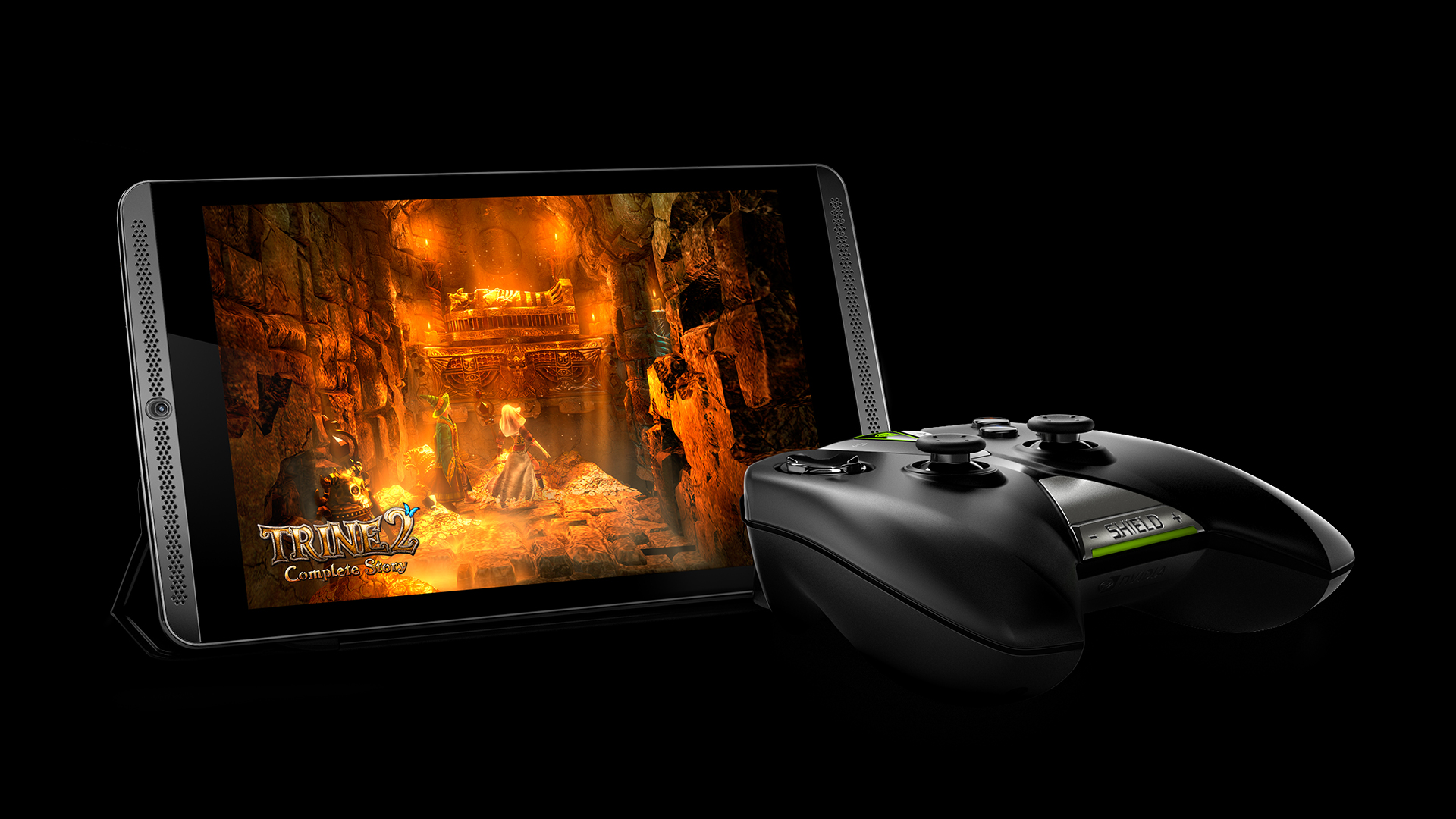
Our Jeremy put it quite succinctly while playing with Nvidia's original clamshell SHIELD device. "There's something utterly brilliant about this," he said, streaming GRID 2 from the PC Format test rig. "But at the same time there's also something quite awful about it." The flip-top lid, the serious weight and the tiny screen made the SHIELD Portable rather an unwieldy beast, but the fact that you could play PC games on a wee handheld device - and play them well - was incredibly exciting. The biggest failing of Nvidia's first handheld was the fact it was such a tightly focused device - it was a games machine and that was it. Versatile it wasn't. But this second bite at the Android gaming cherry sees Nvidia taking a more balanced approach. It's created an incredibly versatile and more desirable device. It's seriously powerful and probably the best value PC game-streaming machine you can plug into your HD telly. This new SHIELD Tablet is a pretty traditional 8-inch slimline slab, with a pair of stereo speakers set into the bezel surrounding the screen. Inside is the impressive new Tegra K1 (TK1) processor, which is one of most powerful mobile chipsets around. It's an ARM-based processor - the quad-core Cortex A15 - clocked at a speedy 2.2GHz, and the K in its name is down to the Kepler-based GPU at its heart. That's the current top graphics architecture Nvidia has in its very fastest discrete graphics cards and makes the TK1 capable of some really impressive visuals. There are a total of 192 CUDA cores inside, which is one full Kepler SMX module - the same as some low-end discrete Nvidia graphics cards. Backing up the impressive TK1 processor is 2GB DDR3 memory and, in this version, 16GB of NAND flash-based storage. There's also a 32GB version, which has a micro SI M slot for 4G/LT E connections. Nvidia has included a microSD slot so you can expand the storage capacity. This edition also supports on-the-go storage, like Corsair's Voyager Pro, via a micro USB port. The screen itself is a 16:10 aspect ratio with a native resolution of 1,920 x 1,200. It's an IPS panel so the colour reproduction and viewing angles are impressive. It's not the best screen around and is certainly not as good as Apple's Retina displays, but it won't be chewing through the battery as hungrily. Subjectively, you're not going be suffering - the image quality on this 8-inch panel is still really very good. Nvidia has even created an Xbox-aping controller which connects to the SHIELD wirelessly over Wi-Fi Direct.
Hardware-wise, the new SHIELD Tablet packs a punch and is capable of gaming performance no other Android device can achieve. You'll get optimised versions of a selection of games via Nvidia's Tegra Zone, including Trine 2 which is being bundled with the SHIELD Tablet at retail. There are also Android-native versions of Half Life 2 and Portal, with more titles to come. It looks like we're finally getting some proper games on our tablets that aren't just ropey tower defence clones or low-polygon shooters? cough? Bioshock? cough.
Impressive innards
But it's the not-so-secret sauce of GameStream that makes the new SHIELD of such interest to us PC folk. Linked in with a GeForce graphics card with a Kepler-based GPU, and connected via the GeForce Experience app, you can stream practically any game from your desktop rig onto the tablet in your hand. That's pretty impressive, as is the robust nature of the streaming service. By attaching an HDMI cable to the tablet, connected to a HD television, you can use the wireless controller from the comfort of your sofa to control the SHIELD. And that means you can stream from your PC right to your TV at 60fps at 1080p. The SHIELD has a list of optimised titles that populate the PC tab in the tablet's GameStream app. These are meant to offer the best PC streaming experience on your device, but will also give direct access to Steam's Big Picture Mode. Activate Steam on your remote desktop PC and you'll see the Big Picture Mode splash on either the tablet or on your TV if you're HDMI-ing it up in Console Mode. Even if the games in your Steam library aren't optimised for Nvidia's streaming or for playing with a controller, the SHIELD will still have a damn good go at getting it streamed onto your telly. It's that plucky, I-might-as-well-have-a-go nature of the SHIELD's streaming capabilities that really impresses us. If the game you want to play isn't running through Steam, or hasn't been picked up by GFE, then you can add it to the list manually. All you have to do is pull up GFE on your desktop machine and add the executable into the list of streaming titles. That was how we were able to play the Origin-based FIFA World on a TV and how we got Elite: Dangerous running smoothly on a tablet.
GeForce Experience
Sadly, just because you can get a game running, that doesn't mean it will necessarily be a great experience. FIFA World had some serious lag when playing online; it didn't make the game impossible to play, but it wasn't an experience we were rushing to try again. Elite wouldn't recognise the wireless controller unless the desktop machine had a controller attached to it when the stream was launched, but aside from that it was smooth and reliable. Your experience with the SHIELD depends on your wireless network too. Connect to a 5GHz-capable router in the same room and you'll get the full 1080p experience, but roam away from your router and you'll see the SHIELD knock back the visuals in order to maintain a smooth, lag-free connection. Technically, you can go completely mobile with the SHIELD. If you've got a connection with a 5Mbps upload speed and the download connection to the device is at least the same then you should be able to stream your PC games on to the SHIELD from wherever you are. The network infrastructure isn't there right now, but given a few years that could be a viable way of serious mobile gaming. All this makes the SHIELD Tablet an incredibly versatile device. We've always said that as long as the device is a good tablet first and foremost then you could almost see the GameStream tech as a freebie. And it is most definitely a good tablet. We've tested it against the iPad Air and Nexus 7, and it outperforms both in terms of our mobile benchmarks. The battery life is pretty competitive too, but using the TK1 to its fullest in-game will quickly chew through the power. Using the tablet in Console Mode increases the battery life. By shutting off the panel and switching displays to a connected TV you're only showing an interactive video and not really taxing the processing power of the SHIELD at all. That way you can get around 12 to 14 hours out of a charge. Our only struggle with the SHIELD Tablet as a gaming device is when you're playing on the 8-inch display. The size of the screen isn't a problem, but because the controller is now separate from the screen it's harder to use while sat on the sofa or in bed - you need to find somewhere to rest the screen while your hands are filled with gamepad. For any Nvidia-owning PC gamer this is realistically the only tablet you'd consider buying. It's a great device on its own merits, but its versatility sets it aside from the rest of the digital slab crowd.
|
|

